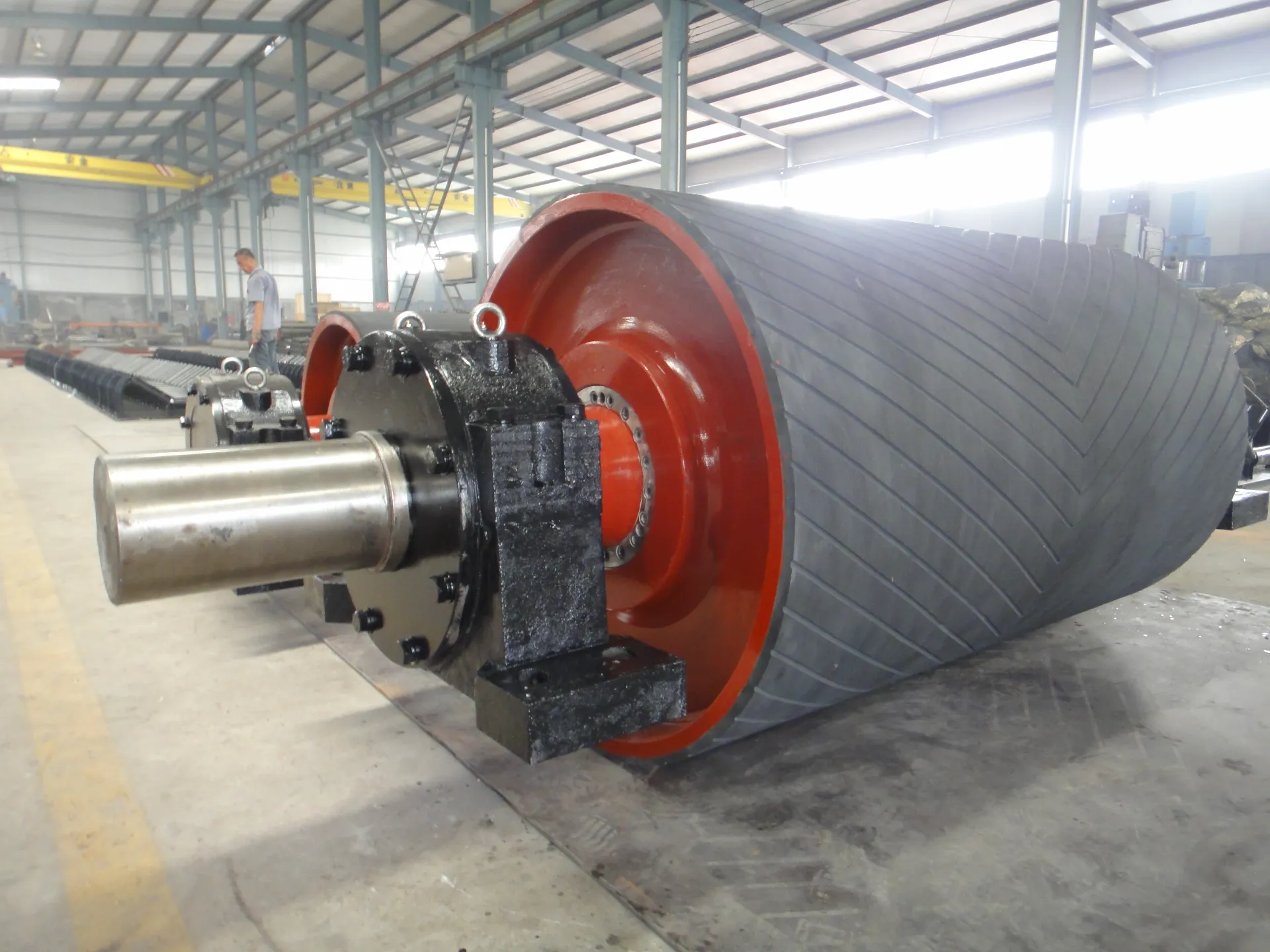 Afrikaans
Afrikaans  Albanian
Albanian  Amharic
Amharic  Arabic
Arabic  Armenian
Armenian  Azerbaijani
Azerbaijani  Basque
Basque  Belarusian
Belarusian  Bengali
Bengali  Bosnian
Bosnian  Bulgarian
Bulgarian  Catalan
Catalan  Cebuano
Cebuano  Corsican
Corsican  Croatian
Croatian  Czech
Czech  Danish
Danish  Dutch
Dutch  English
English  Esperanto
Esperanto  Estonian
Estonian  Finnish
Finnish  French
French  Frisian
Frisian  Galician
Galician  Georgian
Georgian  German
German  Greek
Greek  Gujarati
Gujarati  Haitian Creole
Haitian Creole  hausa
hausa  hawaiian
hawaiian  Hebrew
Hebrew  Hindi
Hindi  Miao
Miao  Hungarian
Hungarian  Icelandic
Icelandic  igbo
igbo  Indonesian
Indonesian  irish
irish  Italian
Italian  Japanese
Japanese  Javanese
Javanese  Kannada
Kannada  kazakh
kazakh  Khmer
Khmer  Rwandese
Rwandese  Korean
Korean  Kurdish
Kurdish  Kyrgyz
Kyrgyz  Lao
Lao  Latin
Latin  Latvian
Latvian  Lithuanian
Lithuanian  Luxembourgish
Luxembourgish  Macedonian
Macedonian  Malgashi
Malgashi  Malay
Malay  Malayalam
Malayalam  Maltese
Maltese  Maori
Maori  Marathi
Marathi  Mongolian
Mongolian  Myanmar
Myanmar  Nepali
Nepali  Norwegian
Norwegian  Norwegian
Norwegian  Occitan
Occitan  Pashto
Pashto  Persian
Persian  Polish
Polish  Portuguese
Portuguese  Punjabi
Punjabi  Romanian
Romanian  Russian
Russian  Samoan
Samoan  Scottish Gaelic
Scottish Gaelic  Serbian
Serbian  Sesotho
Sesotho  Shona
Shona  Sindhi
Sindhi  Sinhala
Sinhala  Slovak
Slovak  Slovenian
Slovenian  Somali
Somali  Spanish
Spanish  Sundanese
Sundanese  Swahili
Swahili  Swedish
Swedish  Tagalog
Tagalog  Tajik
Tajik  Tamil
Tamil  Tatar
Tatar  Telugu
Telugu  Thai
Thai  Turkish
Turkish  Turkmen
Turkmen  Ukrainian
Ukrainian  Urdu
Urdu  Uighur
Uighur  Uzbek
Uzbek  Vietnamese
Vietnamese  Welsh
Welsh  Bantu
Bantu  Yiddish
Yiddish  Yoruba
Yoruba  Zulu
Zulu conveyor belt pulley
Understanding Conveyor Belt Pulleys Essential Components in Material Handling Systems
Conveyor systems play a vital role in various industries, enabling the efficient movement of materials and products from one point to another. A critical component of these systems is the conveyor belt pulley, which serves several essential functions that contribute to the overall efficiency and effectiveness of material handling processes. This article delves into the significance of conveyor belt pulleys, their types, and their applications.
What is a Conveyor Belt Pulley?
A conveyor belt pulley is a cylindrical device used to support and drive the belt in a conveyor system. It is typically positioned at the ends of the conveyor modular system and can either be powered or unpowered. The primary purpose of pulleys is to facilitate the continuous movement of the conveyor belt while maintaining the required tension and alignment.
Types of Conveyor Belt Pulleys
There are several types of conveyor belt pulleys, each designed for specific functions
1. Drive Pulley As the name suggests, the drive pulley is the powered pulley that moves the conveyor belt. It is usually located at the head of the conveyor and is responsible for transferring power to the belt, enabling the movement of materials along the conveyor line.
2. Idler Pulley Idler pulleys are unpowered pulleys that support the return side of the conveyor belt. They help maintain the belt's tension and support its weight, ensuring a smooth and consistent operation. Idlers minimize the sagging of the belt and maintain its alignment throughout the conveyor system.
conveyor belt pulley

3. Tail Pulley Positioned at the opposite end of the drive pulley, the tail pulley serves as a return point for the conveyor belt. It aids in directing the belt back to the drive pulley while also ensuring the tension required for proper operation. Tail pulleys are critical for maintaining the efficiency and longevity of the conveyor system.
4. Snub Pulley The snub pulley, although not always present, can be used to increase the contact area between the conveyor belt and the drive pulley. By improving this contact, snub pulleys can enhance the belt's grip, thereby improving the system’s overall efficiency.
5. Take-Up Pulley This type of pulley is utilized to adjust the tension of the conveyor belt. It can be manual or automatic and is crucial for ensuring that the belt maintains the correct tension, which is vital for the system's performance and lifespan.
Applications of Conveyor Belt Pulleys
Conveyor belt pulleys are widely used across various industries, including manufacturing, mining, agriculture, and logistics. Their versatility enables them to handle a broad range of materials, from bulk items like gravel and coal to packaged goods like boxes and pallets.
In manufacturing facilities, pulleys help streamline production processes by enabling the quick and efficient movement of components. In mining, conveyor belt systems equipped with reliable pulleys ensure the effective transportation of ores and minerals from extraction sites to processing areas. Similarly, in logistics and warehousing, pulleys are essential for the efficient handling of goods, reducing manual labor and increasing throughput.
Conclusion
In conclusion, conveyor belt pulleys are integral components of modern material handling systems, contributing to their operational efficiency and productivity. Understanding the different types of pulleys and their respective roles is essential for anyone involved in the design, maintenance, or operation of conveyor systems. As industries continue to evolve, the importance of effective conveyor systems, supported by innovative pulley designs, will only increase, ensuring that businesses can meet the demands of a rapidly changing environment. Investing in high-quality pulleys can lead to significant improvements in the performance and longevity of conveyor systems, ultimately benefiting the bottom line.
-
Revolutionizing Conveyor Reliability with Advanced Rubber Lagging PulleysNewsJul.22,2025
-
Powering Precision and Durability with Expert Manufacturers of Conveyor ComponentsNewsJul.22,2025
-
Optimizing Conveyor Systems with Advanced Conveyor AccessoriesNewsJul.22,2025
-
Maximize Conveyor Efficiency with Quality Conveyor Idler PulleysNewsJul.22,2025
-
Future-Proof Your Conveyor System with High-Performance Polyurethane RollerNewsJul.22,2025
-
Driving Efficiency Forward with Quality Idlers and RollersNewsJul.22,2025





























